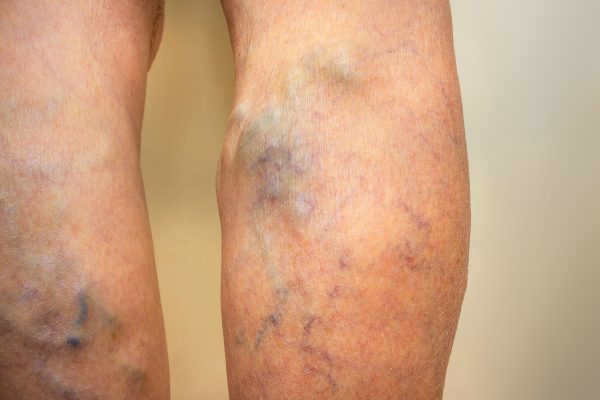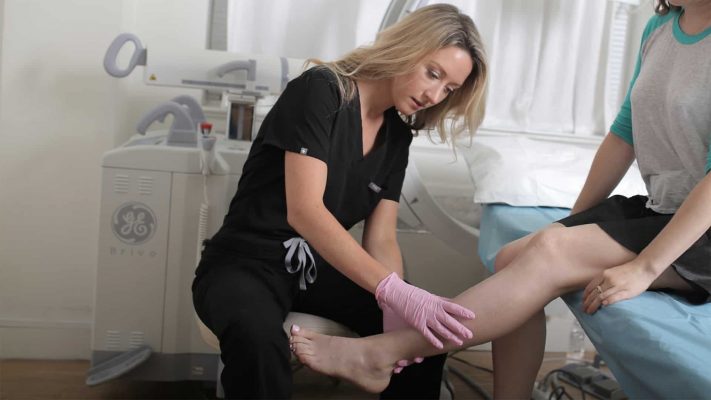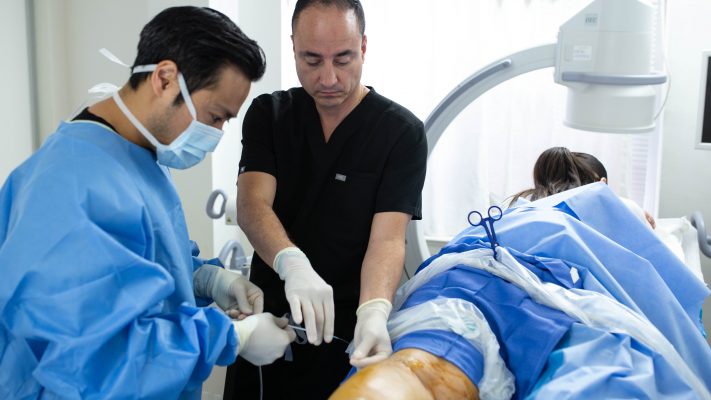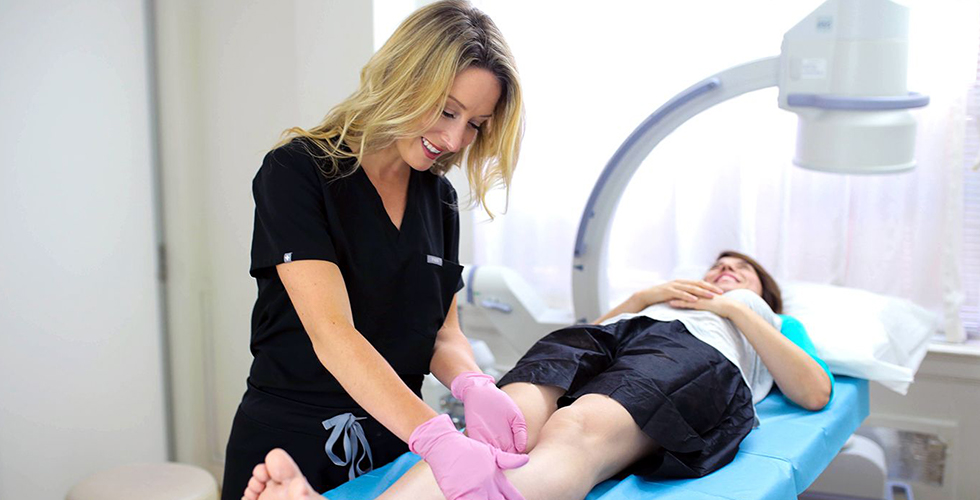Leg Cramping
A leg cramp is an enforced and coercive contraction of leg muscles. It causes visible hardening of the muscle. It can occur so many times until it is resolved. It can affect a part of the leg or the entire leg muscles. Leg cramps are painful and can occur suddenly anytime. Older people are more affected by these leg cramps. Upper leg cramps are more severe than the lower leg cramps. With the increase of age, the muscles get weaker which increases the chances of leg cramps.

The major cause of leg cramps is the overuse of leg muscles. It can also cause due to dehydration or standing or sitting for long durations. Sometimes doctors are not able to diagnose the actual cause of leg cramps.
However, some medical conditions causing leg cramps include venous insufficiency, arterial dysfunction, nerve compression, and mineral depletion.
Leg Swelling
Swelling in legs is also called peripheral edema. It can occur due to various causes. It mainly occurs due to a muscle or tendon injury or lymphatic disease.
Causes of Leg swelling
The possible causes of leg swelling include obesity, sitting or standing for long periods, and some medications such as steroids, aspirin, ibuprofen, estrogen, and some antidepressants.
Swelling in the leg can also be caused due to some medical conditions such as cirrhosis, blood clot, venous insufficiency, pericarditis, hormonal changes, and infection or injury.
Treatments for Leg Swelling
There are several leg swelling treatments available depending upon the causes and symptoms of your leg swelling. Consult a doctor for better treatment options. However, you can also consider some home remedies to treat your leg swelling. These will help you to reduce the swelling from the legs.
Some of the leg swelling remedies are as follows:
- Maintaining the proper body weight by maintaining the diet.
- Avoid wearing tight or restricting clothes in your legs.
- Wear compression stockings or hose.
- Raise your legs up throughout the day.
- Stay active and do exercise and stretching of your legs.
- Reduce the quantity of salt in your food.
- If you are involved in a job that requires prolonged sitting or standing then move every hour.
Diagnosis of Leg Swelling
Your doctor will do a certain physical examination as well as some diagnostic tests to find out the actual cause of the leg swelling.
Some of the diagnostic tests include blood tests which include blood count, electrolytes, kidney, and liver functions, ultrasound, electrocardiograms, etc.
After diagnosing your disease the doctor will start the treatment according to the diagnostic results. Make sure that you always book an appointment with a board-certified physician so that you get the highest quality of care.
Vein Treatment Clinic provides treatment for all kinds of leg diseases including leg cramping and leg swelling. We have the nation’s best doctors and specialists. All are well qualified and are board-certified. We deliver the best services to our patients. For booking an appointment and to know more about us, visit our official website veintreatmentclinic.com.



